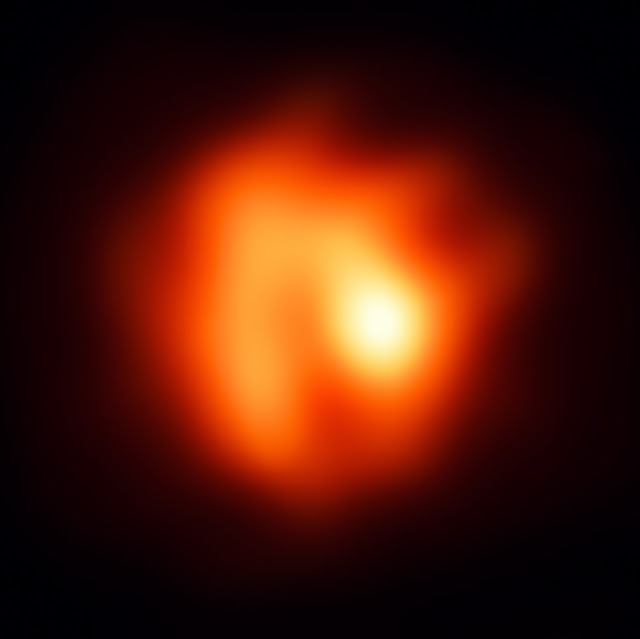Spiral galaxy NGC 1398 | Earth Blog
This image shows spectacular ribbons of gas and dust enveloping the pearly center of the barred spiral galaxy NGC 1398. This galaxy is located in the constellation Fornax (El Horno), approximately 65 million light years away. Instead of starting at the center of the galaxy and spinning outward, NGC 1398's elegant spiral arms emerge from
















